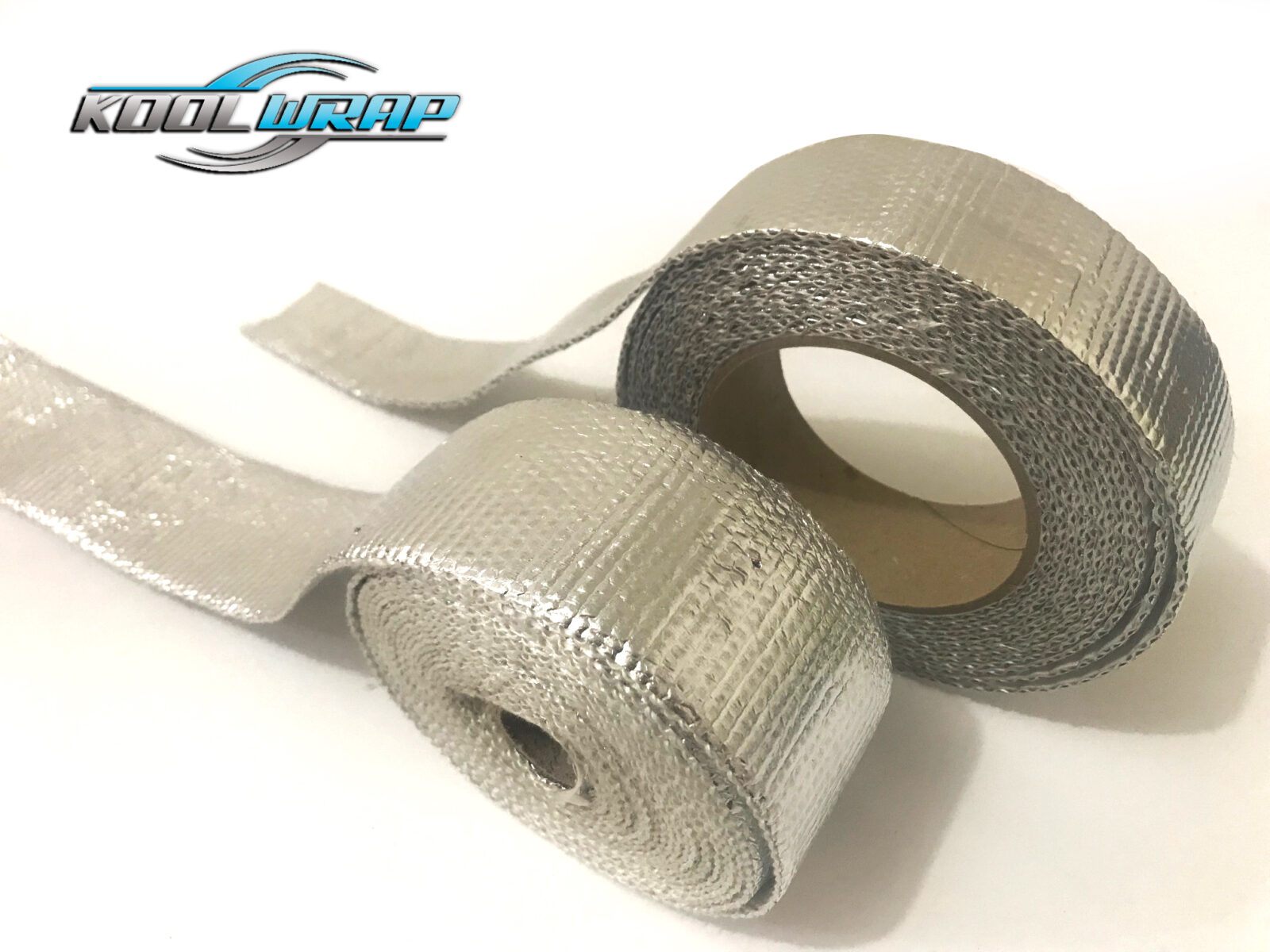Most Reliable Tape Applications for Industrial Use
What is an Adhesive Tape?
Adhesive tape (also known as pressure-sensitive, PSA, self-stick, or sticky tape) is made up of a pressure-sensitive adhesive covered with a backing material such as paper, plastic film, cloth, or metal foil. Some tapes include detachable release liners that protect the adhesiveness of heat resistant tape. Some have adhesives, primers, simple-release materials, fibres, printing, and other things.
PSA adhesives do not need to be activated with water, solvent, or heat to adhere to materials like paper, plastic, glass, wood, concrete, and metal.
PSA tapes are unattractive when exposed to ambient heat, and they adhere firmly to a variety of surfaces with the only application of a finger or hand. Single-sided tapes can connect a surface or two adjacent or overlapping materials. Double-sided tape (adhesive on both sides) is useful for connecting two things back-to-back.
How does the Adhesive Tape Stick?
Pressure-sensitive tapes come in various shapes and sizes, making them ideal for a wide range of applications. While the adhesive on pressure-sensitive tapes may appear to be the same – they are all sticky, adhere well, and resist strain – they are, in fact, quite diverse. There are advantages and disadvantages to each tape type.
Rubber/resin adhesives are the oldest type of adhesive based on natural rubber and require a resin to be made into an adhesive, but they have certain benefits for many tasks:
- It is often a less expensive adhesive.
- Has an initial high tack, as opposed to acrylic, which needs time to cure.
- Sticks well to many different surfaces, including some hard-to-stick-to materials.
- Rubber-based adhesive tape provides highly flexible bonds and is usually based on butadiene-styrene, butyl, polyisobutylene or nitrile compounds.
- It can be formulated to adhere at colder temperatures, but there is a limit, and rubber/resin adhesive heat resistant tape has limitations at higher temperatures in its basic form.
- Epoxy resins exhibit high strength and low shrinkage during curing and are known for their toughness and resistance to chemical and environmental damages.
The main disadvantage of rubber/resin is that both the rubber and resin are vulnerable to oxidation from the air. As a result, exposure to ultraviolet light from the sun and other light sources can cause them to deteriorate in heat.
- Synthetic Rubber: It’s often used in the place of natural rubber adhesive tapes. It’s ideal for sealing shipping boxes and cartons since it has a greater adhesion and shear resistance than natural rubber-based adhesives.
- Acrylic Adhesives: A single component of pressure-sensitive adhesive based on “acrylic” chemistry overcomes most rubber/resin adhesives’ flaws. Acrylic is colourless and resistant to oxidation and sunshine. The oxidation resistance might make acrylic adhesive tape disappear for many years under the sun. However, it is more expensive – around twice as much as rubber/resins; it’s not quite so good on difficult-to-adhere surfaces, and curing time is required.
- Silicone-based Adhesives: Acrylics and silicone have many years of service life. Silicone, like acrylics, may be applied to the skin, so it has a variety of medical applications as well as uses in the electrical industry where the temperature is a problem (e.g., jet engines). Silicone adhesives and sealants have a high degree of flexibility and are resistant to very high temperatures, making them the best option for heat resistant tape application. However, silicones are the most expensive adhesives, typically twice as much as acrylics.
Conclusion
Adhesive tapes come in various shapes and sizes, making them ideal for a wide range of applications. There are advantages and disadvantages to each tape type. While the adhesive on pressure-sensitive tapes may appear to be the same – they are all sticky, adhere well, and resist strain – they are, in fact, quite diverse.

